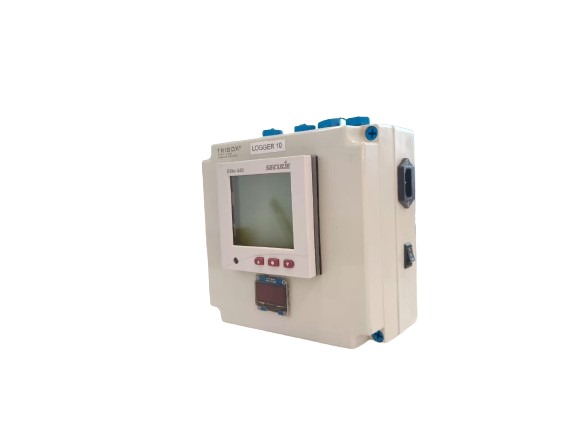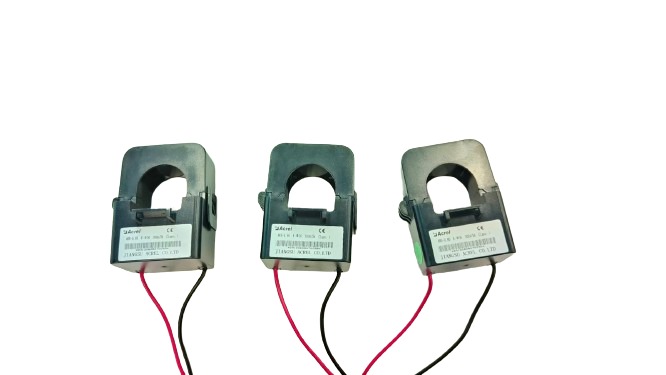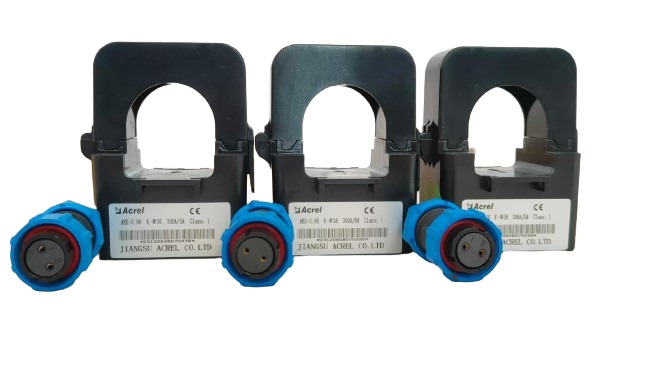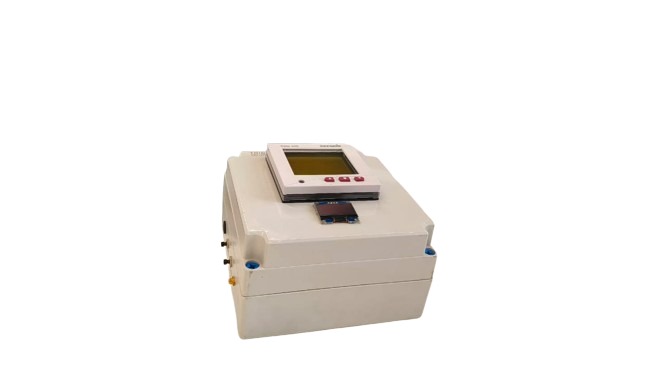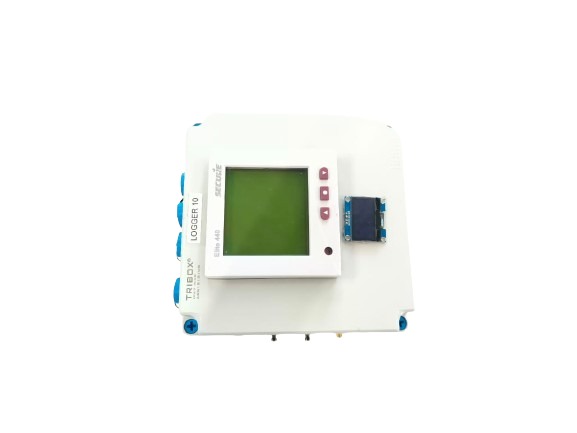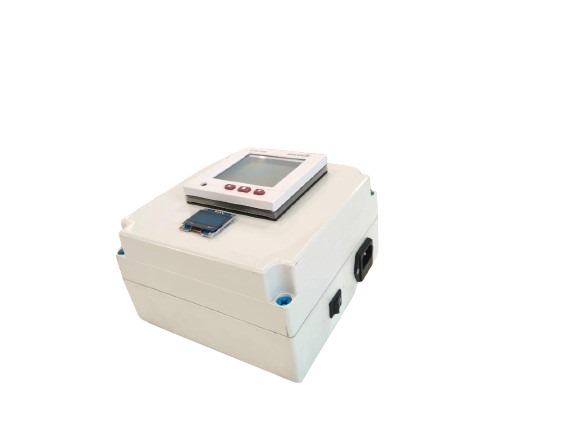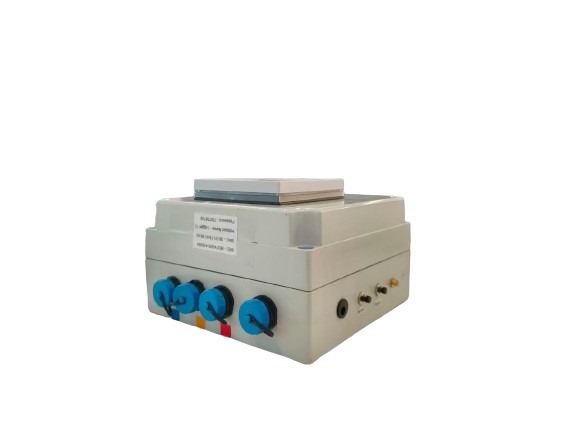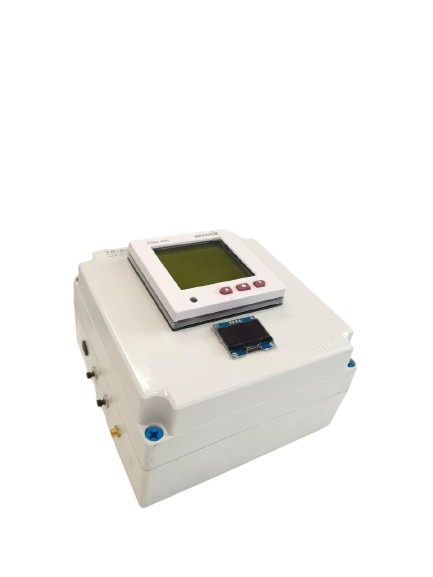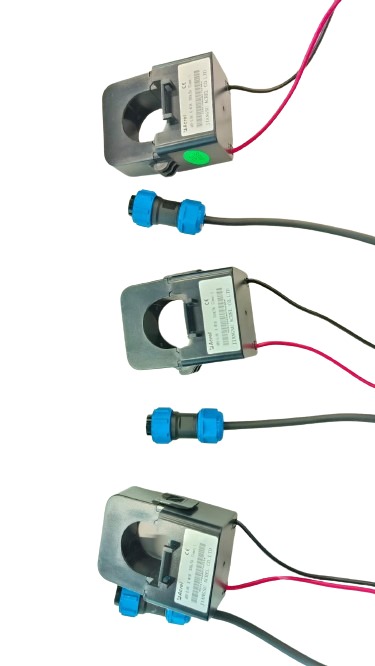Energy Management & Audit

What is Energy Management?
Energy management involves overseeing and optimizing the use of energy in various systems, facilities, or processes to improve efficiency, reduce waste, and cut down on costs. It involves monitoring, controlling, and conserving energy in a range of contexts, from industrial plants to commercial buildings and even at a household level.
What is Energy Audit?
Energy audits are systematic assessments or evaluations conducted to analyze how energy is being used within a specific environment. They involve inspecting equipment, systems, and processes to identify areas where energy is being inefficiently utilized or wasted. Audits can help pinpoint opportunities for improvement and guide the implementation of strategies to enhance energy efficiency, such as upgrading equipment, improving insulation, or modifying operational practices.
Benefits of Energy Audit
- Cost Savings: By identifying inefficiencies and areas of energy waste.
- Improved Efficiency: Audits pinpoint where improvements can be made in equipment, systems, or processes to optimize energy use.
- Environmental Impact: Reducing energy waste directly correlates to a decreased environmental footprint.
- Regulatory Compliance: Energy audits ensure compliance with regulatory requirements, avoiding penalties and ensuring the organization meets legal obligations.
- Enhanced Equipment Lifespan: Audits often reveal issues affecting the performance of machinery or systems. Addressing these issues not only saves energy but also improves the longevity and reliability of equipment.
Energy Audit is applicable for:
Energy audits are applicable across various sectors and industries, aiming to improve efficiency and reduce energy consumption.
- Industrial Sector
- Commercial Buildings
- Residential Buildings
- Transportation
- Healthcare Facilities
- Educational Institutions
- Government Buildings
- Agricultural Sector
IoT Enabled Energy Management
1. Real-Time Energy Monitoring
Service Description: IoT devices continuously track energy consumption across various systems and equipment in real-time.
Benefits:
● Provides immediate insights into energy usage patterns.
● Helps identify peak consumption times and inefficiencies.
2. Automated Data Collection
Service Description: IoT sensors and meters automate the collection of energy data, eliminating the need for manual readings.
Benefits:
● Reduces human error and labour costs.
● Ensures consistent and reliable data acquisition.
3. Advanced Analytics
Service Description: IoT platforms use advanced analytics to process and analyse the collected data, offering detailed insights and trends.
Benefits:
● Enables predictive maintenance and forecasting.
● Identifies energy-saving opportunities and potential issues.
4. Remote Monitoring and Control
Service Description: Energy systems can be monitored and controlled remotely via IoT-enabled platforms.
Benefits:
● Facilitates immediate response to unusual pattern of energy consumption.
● Enhances flexibility and convenience for energy managers.
5. Energy Management Systems (EMS)
Service Description: IoT integrates with EMS to optimize energy consumption and manage energy resources effectively.
Benefits:
● Streamlines energy usage across multiple facilities.
● Provides a centralized platform for energy management.
6. Predictive Maintenance
Service Description: IoT sensors predict equipment failures and maintenance needs based on real-time data and usage patterns.
Benefits:
● Minimizes downtime and repair costs.
● Extends the lifespan of equipment.
7. Smart Metering
Service Description: IoT-enabled smart meters provide precise measurements of energy consumption at granular levels.
Benefits:
● Enhances billing accuracy and transparency.
● Helps in identifying specific areas for energy efficiency improvements.
8. Customized Reporting
Service Description: IoT systems generate customized energy reports tailored to the specific needs of a business.
Benefits:
● Provides actionable insights and recommendations.
● Supports compliance with energy regulations and standards.
9. Demand Response
Service Description: IoT solutions enable businesses to participate in demand response programs by adjusting energy usage during peak times.
Benefits:
● Reduces energy costs by leveraging lower rates during off-peak hours.
● Supports grid stability and sustainability initiatives.
10. Integration with Renewable Energy Sources
Service Description: IoT systems can integrate with renewable energy sources like solar and wind to optimize their use alongside traditional energy sources.
Benefits:
● Promotes sustainable energy practices.
● Enhances energy efficiency and reduces carbon footprint.
Conclusion
IoT services play a crucial role in modern energy audits, providing detailed insights, enhancing efficiency, and driving substantial cost savings. By leveraging these services, businesses can achieve their energy management goals and contribute to sustainability efforts.
